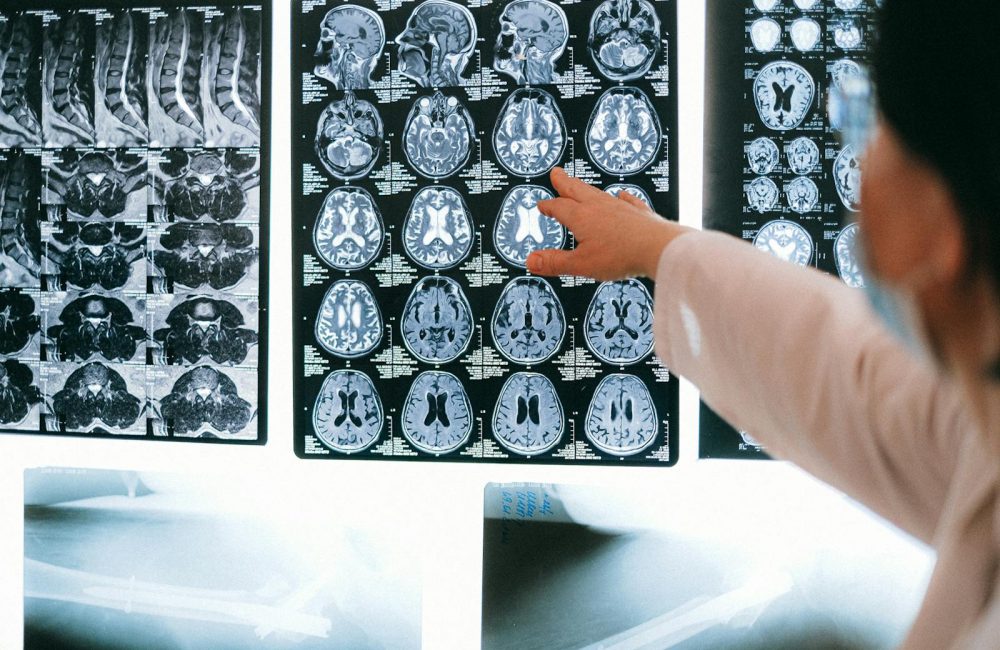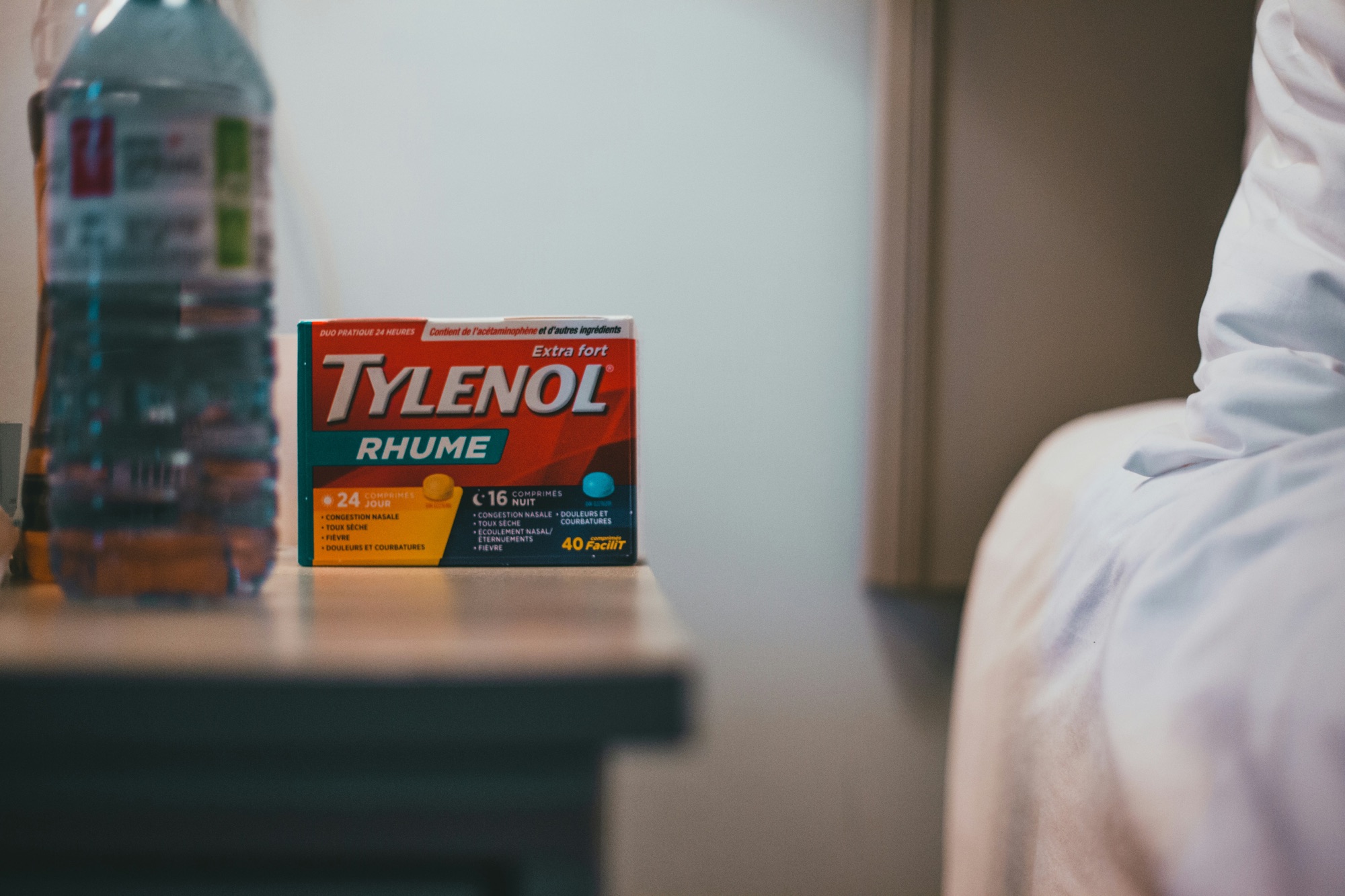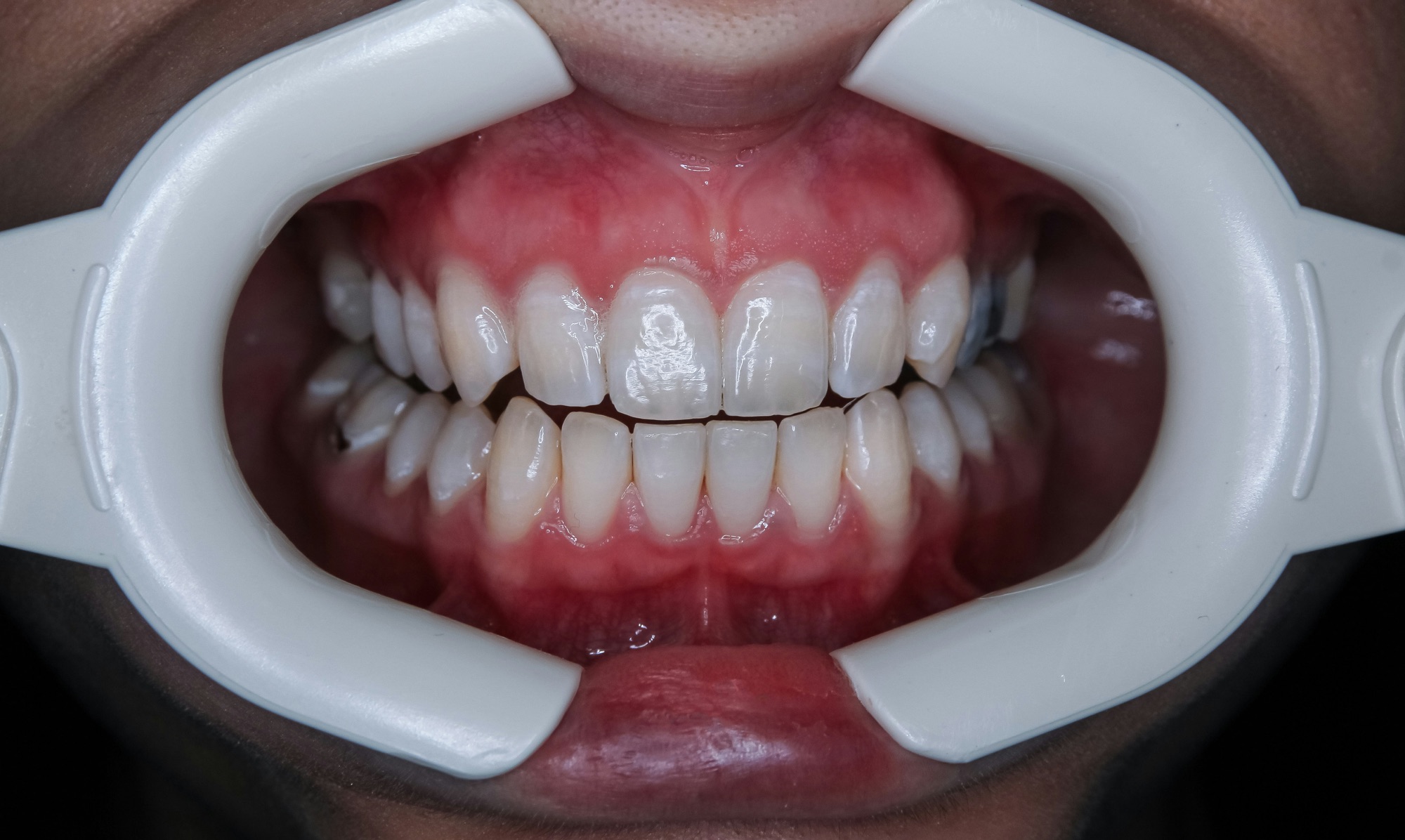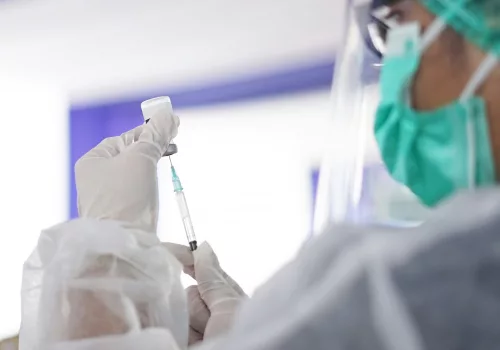Both strokes and aneurysms are severe medical conditions involving the blood vessels in the brain, often with life-threatening implications. However, they differ significantly in their causes, symptoms, and treatments. A stroke is a sudden disruption of blood flow to the brain, leading to cell death and potentially resulting in paralysis, speech difficulties, and cognitive impairment. An aneurysm, on the other hand, is a weakened section of a blood vessel that can swell and potentially rupture, causing bleeding in the brain. While aneurysms do not always lead to a stroke, a ruptured aneurysm can cause a hemorrhagic stroke due to bleeding into the brain.
This article explores the distinctions between strokes and aneurysms, focusing on their causes, symptoms, types, treatment options, and prevention strategies.
What is a Stroke?
Types of Stroke: Ischemic and Hemorrhagic
A stroke occurs when blood flow to the brain is interrupted, depriving brain cells of oxygen and nutrients. There are two main types of strokes: ischemic strokes and hemorrhagic strokes. An ischemic stroke, which accounts for about 87% of all strokes, is caused by a blockage in an artery supplying blood to the brain. This blockage is typically due to a blood clot or a buildup of plaque in the arteries, known as atherosclerosis. Hemorrhagic strokes, on the other hand, result from a ruptured blood vessel in the brain, causing bleeding and increased pressure on brain tissues.
Ischemic strokes are more common and tend to develop more gradually, while hemorrhagic strokes often happen suddenly and are associated with more severe outcomes. Both types of strokes lead to brain cell death in the affected areas, resulting in symptoms that can range from mild to severe, depending on the part of the brain impacted. The severity of the stroke is determined by the duration and extent of the oxygen deprivation to the brain cells, which can result in temporary or permanent damage.
Symptoms of a Stroke
Stroke symptoms usually occur suddenly and vary based on the area of the brain that is affected. Common signs include:
- Facial drooping: One side of the face may droop or feel numb, making it difficult to smile.
- Arm weakness: Weakness or numbness in one arm, often on the same side as the facial drooping.
- Speech difficulties: Slurred speech, difficulty understanding others, or inability to speak clearly.
- Confusion: Sudden confusion, dizziness, or loss of coordination.
- Severe headache: In the case of a hemorrhagic stroke, a sudden and severe headache, often described as the “worst headache of one’s life,” can occur.
The acronym FAST (Face drooping, Arm weakness, Speech difficulty, Time to call emergency services) is commonly used to help identify and act quickly on stroke symptoms, as immediate medical intervention can significantly impact the outcome.
Causes and Risk Factors of Stroke
Strokes are caused by factors that impair blood flow, such as high blood pressure, high cholesterol, diabetes, and smoking. Other contributing factors include obesity, lack of physical activity, and excessive alcohol consumption. Certain underlying health conditions, like atrial fibrillation (an irregular heart rhythm) or blood clotting disorders, can also increase the risk of stroke by promoting the formation of blood clots.
Age, family history, and ethnicity are additional risk factors, as strokes are more common in older adults and people with a family history of the condition. African Americans and individuals of Hispanic descent are also at higher risk. Making lifestyle changes, such as maintaining a healthy diet, exercising, and managing chronic health conditions, can help reduce stroke risk significantly.
What is an Aneurysm?
Types of Aneurysms: Cerebral Aneurysm and Others
An aneurysm is a bulge or ballooning in the wall of a blood vessel, often due to a weakness in the vessel wall. Aneurysms can form in different parts of the body, including the brain, aorta, and abdomen. When located in the brain, it is called a cerebral aneurysm or intracranial aneurysm. Not all aneurysms are dangerous, as many remain stable and unruptured throughout a person’s life. However, if an aneurysm ruptures, it can lead to severe bleeding in the brain, which can cause a hemorrhagic stroke and, in some cases, can be fatal.
Cerebral aneurysms are classified based on their shape and size. Saccular aneurysms, or “berry aneurysms,” are the most common type and resemble a small sac protruding from a blood vessel. Fusiform aneurysms involve the entire circumference of a blood vessel, causing it to bulge on all sides. The risk of rupture increases with the size and location of the aneurysm, as well as with specific lifestyle and genetic factors.
Symptoms of an Unruptured and Ruptured Aneurysm
Aneurysms often go unnoticed until they rupture, as unruptured aneurysms usually don’t produce symptoms. However, if they do cause symptoms, they may include:
- Headaches: Particularly if the aneurysm is pressing on surrounding nerves or tissues.
- Vision problems: Blurred or double vision if the aneurysm compresses optic nerves.
- Pain near the eye: Pressure or pain around the eye or above it.
- Difficulty speaking or loss of balance: Depending on the aneurysm’s location.
When an aneurysm ruptures, it typically causes a subarachnoid hemorrhage (bleeding into the space surrounding the brain), resulting in a sudden and severe headache, neck stiffness, sensitivity to light, nausea, vomiting, and possibly loss of consciousness. Immediate medical intervention is crucial in cases of a ruptured aneurysm, as it can lead to life-threatening complications like brain damage or death if not treated promptly.
Causes and Risk Factors of Aneurysms
The exact cause of aneurysms isn’t always known, but they are associated with factors that weaken blood vessels. High blood pressure, smoking, and genetic predispositions can increase the risk of aneurysms. Conditions like Ehlers-Danlos syndrome and Marfan syndrome, which affect connective tissues, can make individuals more prone to aneurysms. Infections, physical trauma, and excessive alcohol consumption are also known to contribute to aneurysm development.
Age and gender also play roles; cerebral aneurysms are more common in people over 40 and slightly more prevalent in women. Screening may be recommended for individuals with a family history of aneurysms or specific genetic conditions, as early detection can prevent complications.
Key Differences Between a Stroke and an Aneurysm
While strokes and aneurysms both affect the brain’s blood vessels, they are distinct conditions with unique causes, symptoms, and outcomes. Here are some of the key differences:
- Nature of Condition: A stroke is an event where blood flow to the brain is suddenly disrupted, leading to brain cell death. An aneurysm is a structural defect—a weakened section of a blood vessel that may or may not rupture. Not all aneurysms cause strokes, but a ruptured aneurysm can lead to a hemorrhagic stroke.
- Symptoms: Strokes often present with sudden neurological symptoms like facial drooping, arm weakness, and speech difficulty. In contrast, unruptured aneurysms typically remain asymptomatic until they grow large enough to press on nearby structures or rupture, causing severe headaches and vision issues.
- Risk of Recurrence: People who experience one stroke are at an increased risk of having another, particularly if underlying conditions like high blood pressure or diabetes are not managed. Aneurysms, if unruptured, may remain stable with minimal intervention, but if an aneurysm ruptures, the risk of complications and recurrence is higher.
These distinctions are essential for diagnosing, treating, and managing each condition. Understanding the differences helps medical professionals create appropriate treatment plans that address the unique risks and symptoms of each condition.
Diagnosis and Treatment
Stroke Diagnosis and Treatment
Strokes are medical emergencies that require immediate diagnosis and treatment to minimize brain damage. CT scans and MRI are commonly used to determine the type and location of the stroke. Blood tests and other imaging studies, like carotid ultrasounds, may also be used to identify underlying causes or risk factors.
Treatment for an ischemic stroke (caused by a blockage) typically involves thrombolytic therapy, which uses medication like tissue plasminogen activator (tPA) to dissolve clots. Mechanical thrombectomy, a surgical procedure to remove the clot, may also be considered for certain patients. For hemorrhagic strokes (caused by a ruptured blood vessel), treatment focuses on stopping the bleeding, managing blood pressure, and reducing brain swelling.
Stroke recovery often involves rehabilitation, including physical therapy, occupational therapy, and speech therapy, as well as lifestyle changes to prevent recurrence. Medications like anticoagulants and antiplatelet agents may be prescribed to reduce the risk of future strokes.
Aneurysm Diagnosis and Treatment
Aneurysms are typically diagnosed through CT angiography or MRI, which provides detailed images of blood vessels and helps detect unruptured aneurysms before they become problematic. Cerebral angiography is also used for a more detailed view of the blood vessels in cases where surgical intervention is considered.
Treatment options for an aneurysm depend on its size, location, and the patient’s risk factors. For unruptured aneurysms, monitoring may be sufficient, along with lifestyle adjustments to reduce risk factors like smoking or high blood
pressure. In cases where the aneurysm poses a higher risk of rupture, surgical procedures, such as clipping or endovascular coiling, are considered to reinforce the blood vessel wall and prevent rupture.
For a ruptured aneurysm, emergency treatment involves securing the aneurysm through clipping or coiling to stop the bleeding and alleviate pressure on the brain. Recovery after a ruptured aneurysm may include extensive rehabilitation, similar to stroke recovery, depending on the extent of the damage.
Prevention and Lifestyle Considerations
Preventing Strokes
Stroke prevention involves managing modifiable risk factors through lifestyle changes and medical interventions. Maintaining healthy blood pressure and cholesterol levels, quitting smoking, exercising regularly, and following a balanced diet are essential strategies for stroke prevention. For individuals with a higher stroke risk due to conditions like diabetes or heart disease, medications such as antihypertensives or statins may be prescribed to lower risk.
Recognizing the early signs of a stroke and seeking immediate medical attention can be life-saving, as prompt intervention can minimize damage and improve outcomes. Routine health check-ups also play a significant role in stroke prevention by identifying and addressing risk factors before they lead to a stroke.
Preventing Aneurysms
Preventing aneurysms involves reducing factors that weaken blood vessel walls. Smoking cessation is particularly important, as smoking is strongly linked to aneurysm formation and rupture. Managing high blood pressure, reducing alcohol consumption, and maintaining a healthy diet and exercise routine are also beneficial. For individuals with a family history of aneurysms or specific genetic conditions, regular screenings may be recommended.
In cases where an aneurysm is detected, lifestyle modifications and medical monitoring can help manage the risk of rupture. Early diagnosis and preventative measures are essential in minimizing the likelihood of complications associated with aneurysms.
Conclusion
While strokes and aneurysms both affect the brain and can lead to severe consequences, they differ significantly in terms of causes, symptoms, and treatments. A stroke is an acute event where blood flow to the brain is suddenly blocked or disrupted, leading to rapid brain cell death and loss of function. In contrast, an aneurysm is a structural abnormality in a blood vessel that can remain stable for years but poses a high risk of rupture, potentially leading to a hemorrhagic stroke.
Understanding these differences is critical for early diagnosis, effective treatment, and prevention. Managing risk factors through a healthy lifestyle and regular medical check-ups can significantly reduce the likelihood of both strokes and aneurysms. With advancements in diagnostic imaging and surgical techniques, medical professionals are better equipped to treat these conditions, but timely medical intervention remains key. By recognizing symptoms and seeking prompt care, individuals can improve outcomes and reduce the impact of strokes and aneurysms on their health and quality of life.




